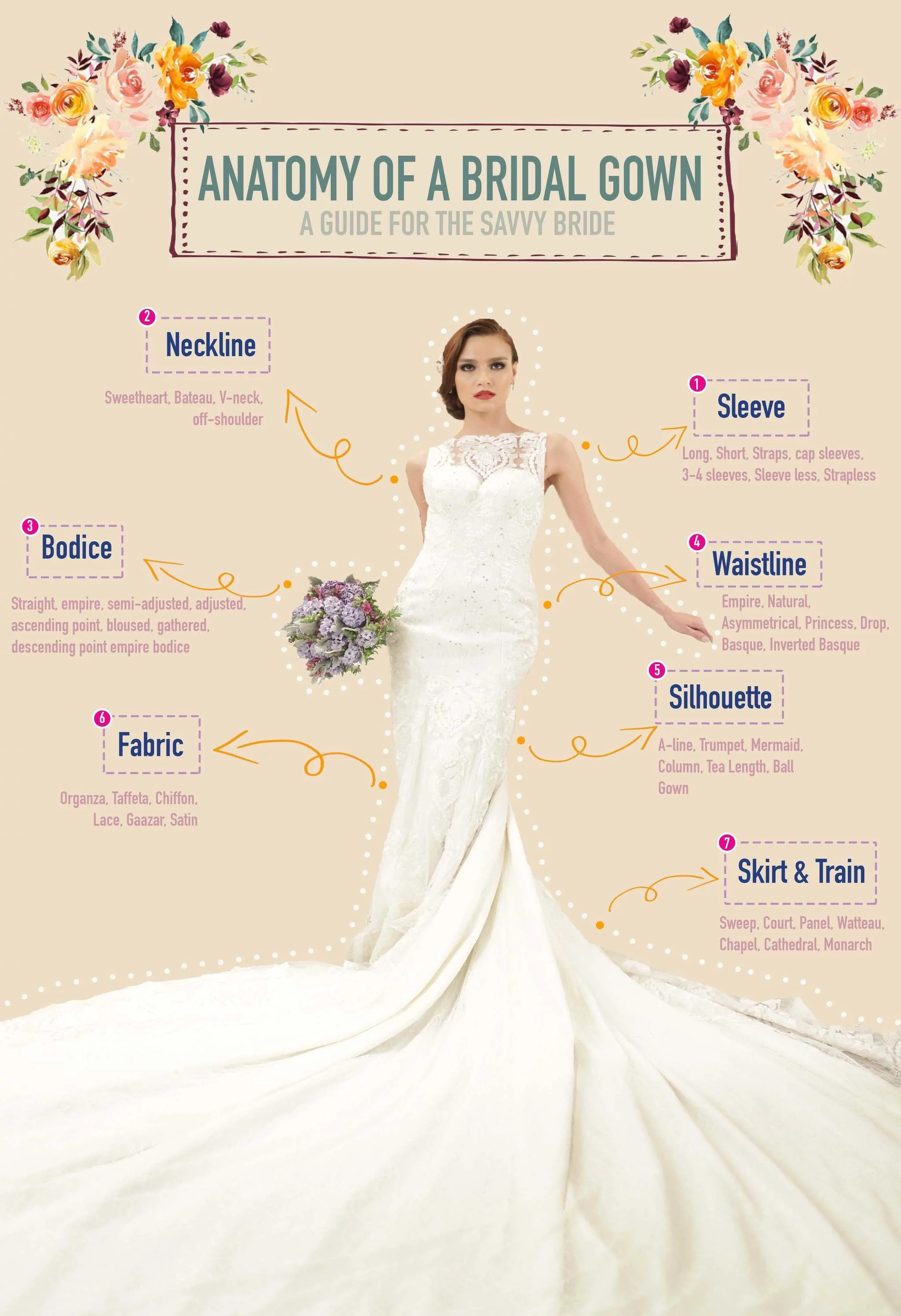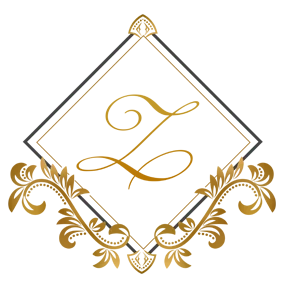Anatomy of A Bridal Gown According to Zandra Lim
ANNA ALCONTIN
Looking for the perfect bridal gown is a challenge especially if you lack the basic knowledge of the construction of a wedding dress. Luckily, Zandra Lim shares the anatomy of a wedding gown that can help savvy brides in piecing together their dream gown accentuated with the right cut and embellishments, that will flatter her body type and personal style. Moreover, knowing about the bits and pieces of a gown can help brides in smoothly discussing their vision with the wedding designer.


1. Neckline
The neckline is the most important part of the dress because this frames your face. There are different neckline styles but the most popular these days are the off shoulder and sweetheart. An off shoulder neckline cut accentuates those sexy collarbones whilst being modest. A sweetheart neckline exudes a woman in full bloom as it shows off the décolletage.
2. Sleeves
Sleeves details are the most requested part of a wedding gown. From cap sleeves to three fourth sleeves to long sleeves, these details become an integral part of the whole look. The proportionality of the length of the arms to the torso, breadth of the shoulders, torso length, are some of the factors that will help brides finalize the sleeve details. Sleeve details, along with the waist and the hip details, are key points in creating an hourglass figure. An hourglass figure is the perfect symmetrical silhouette that is most flattering to a woman’s body. For aesthetics, brides who want that “royalty look”, long sleeves with full lace embroidery details are growing in popularity.
3. Bodice
The bodice refers to the area of a gown above the waist, which is often used by a designer to add dramatic embellishments and strategize pattern placements for a curvier illusion. The over all design will flow from this point making it an integral part of the design process.
4. Waistline
While it is essential that the bride knows the shape of her own body to be able to decide what waistline cut would look best for her, Zandra believes that with or without a cinched waistline, how a designer strategize cuts and patterns will always give an illusion of a slimmer waistline.
5. Silhouette
The silhouette is the over all figure of the gown. Ball gown, mermaid, and A-line are the most popular silhouettes for the bride. Whichever silhouette the bride chooses, the important factor to remember is that the silhouette should be able to create an hourglass figure.
6. Fabric
The fabric can dictate the whole look and style of the dress. There are many types of fabrics that are frequently used in a bridal gown; most popular these days are gazaar and layers of tulle. For a constructed look, gazaar fits in the idea. The tulle fabric may have varied outcome. Layers of tulle with a volume crinoline will give you a ball gown while without a crinoline, the layers of tulle may be billowy. A bride must have a vision of her wedding dress before picking the right fabric with your designer.
7. Skirt & Train
For more drama to a wedding gown, think of the train. This is the part of the wedding gown that extends behind and trails along the ground that makes the bride feel like a royal queen on her big day, as she finally walks down the aisle. Wedding gowns that have long trains are common in cathedral weddings while those with short trains are more informal, such as beach weddings or garden weddings. Formal or informal, a bride must have her train!
